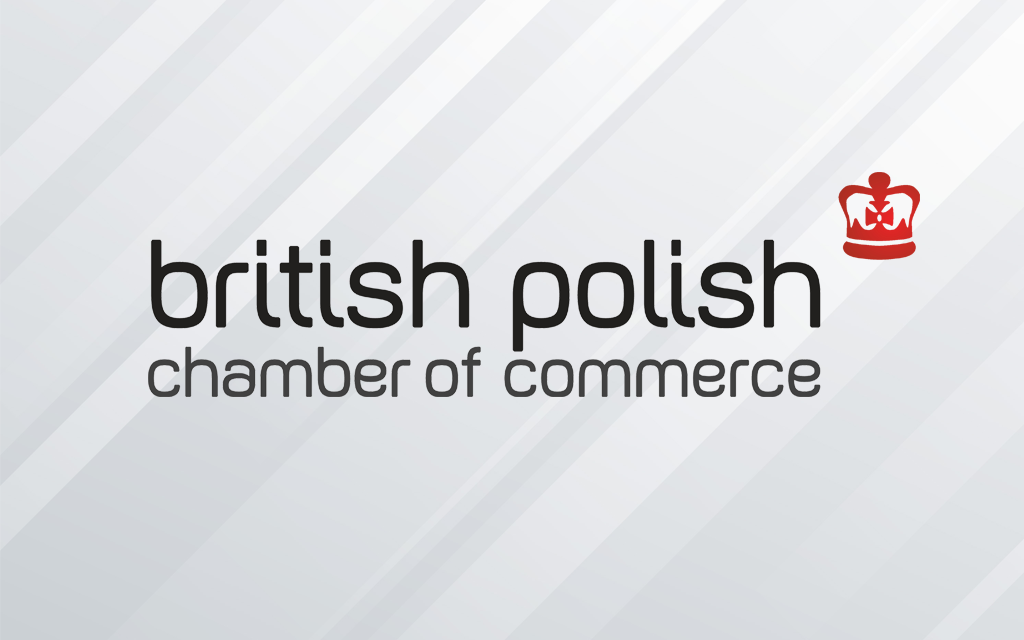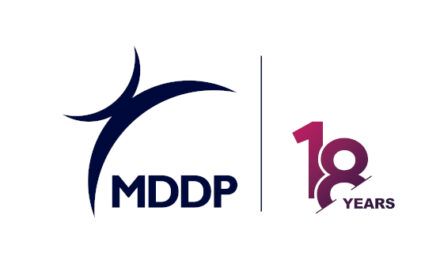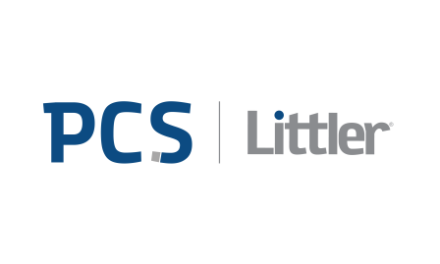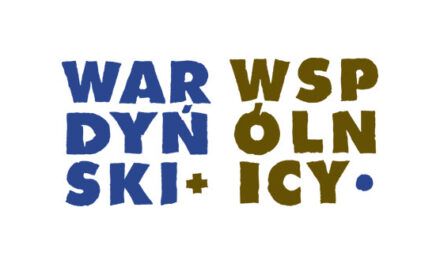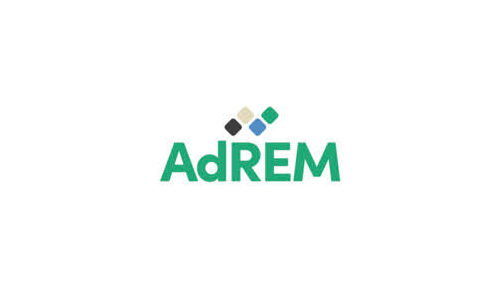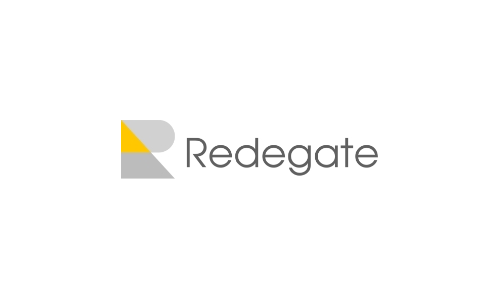As a result of the pandemic, the digital revolution has accelerated. This acceleration is evident in the extremely dynamic rate of growth in advertising investment, which has not been seen for a long time. Global digital ad spending was expected to grow by as much as 29.1% in 2021 to reach $491.7 billion1 , which already represents a 63% share of total global ad spending.
According to the data presented during the IAB Forum 2021, the value of the European digital advertising market amounted to €81 billion and was higher by 6.3% compared to 2020.
In Poland in 2021, digital advertising broke new records, according to the IAB Polska/PwC AdEx study; advertisers’ expenditure on online marketing communication increased by over 1 billion złotys compared to the previous year, and the value of the online advertising market reached over 6.2 billion złotys, which means an increase of 20%2 .
According to the IAB Polska Internet 2021/2022 Strategic Report, experts agree on stable and dynamic forecast scenarios. Both of them assume double-digit growth in our country. In the first – stable – value of online advertising in 2022 should reach about 6.9 billion złotys with the dynamics slightly exceeding 10%. In the second – dynamic, its value may exceed another record at the level of 7.1 billion złotys.
Growth of e-commerce and m-commerce
E-commerce is growing like yeast. We witnessed drastic changes in customer shopping journeys in 2020 and 2021, forcing even digital marauding companies to shift to online channels. Globally, digital commerce spending accounts for 12.3% of companies’ total budgets.
The Gemius report E-commerce in Poland 2021 shows that 77% of Internet users in Poland already buy online:
- 78% do so using a laptop,
- 76% use smartphones or tablets.
92% of respondents aged 15-24 use mobile devices in the shopping process.
It’s no wonder that shoppable content is becoming more popular, supporting marketers in guiding consumers through the path of purchase using content that has the right form and message. Examples include live shopping videos, better known in Asian market than in Poland, and increasingly popular interactive magazines or content commerce solutions, such as the one below, which allows users to instantly purchase headphones on Twitter.

The smart shopping phenomenon is gaining momentum, providing shoppers with, generally speaking, lower purchase costs, but causing sleepless nights for marketers seeking loyal, more predictable and profitable customers.
On the rise is fast shopping – q-commerce – comprising mainly groceries and necessities, with the option of immediate delivery. Evidenced by a rash of dark stores, popping up in the nearest neighbourhood – within a 10-15 minute electric-bike ride. The success of fast shopping in the food industry puts strong pressure on other industries or encourages them to reduce delivery times, and q-commerce fits into the trend of hyperlocality, about which a little more in the next section.
Audio is not waning
Interest in podcasts persists; it has sparked the emergence of audio rooms – virtual rooms where you can listen to live broadcasts – into which major social media platforms (e. g. Watch on Facebook and Spaces on Twitter) have been enriched3 .
TikTok on the podium
In 2021, the Chinese mobile platform for publishing video clips became the third social media service in the world in terms of the number of users. TikTok perfectly translates the trends of progressive mobility and exponentially growing video content consumption into the introduction of features like Jump, which makes social commerce and monetisation of in-app activities easier and more engaging for users4 . TikTok is not new in Poland, however, in 2021 it has grown in strength, currently nearly 8 million Poles have an account, 60% are young adults aged 18-34, more than 90% declare that they shop online. No wonder that more and more brands are present here.
Artificial intelligence and robotics are no longer science fiction
There is no turning back from robotisation and automation. The pandemic has prepared the ground for these processes and shown that robots are not as scary as they are painted to be. It’s time to look at machines differently and trust them more. Especially now, when in the dramatic fight against coronavirus, every help counts. How can robots help? Find out in the triptych “Robots in the fight against Covid”5 .
A noteworthy example of AI’s presence in our lives is the visual search engine Google Lens. The app detects objects, objects, etc. through your smartphone’s camera. When you scan your shoes, Google finds similar products and shows you where to buy them, when you place a paper business card in Lens, the app automatically saves your contacts’ directions, and when you photograph the cover of a book or CD, you get a summary or review on your phone.
5G will drive AR/VR, MR and the metaverse
Competition is fierce between equipment manufacturers, telecom operators, and countries to deploy 5G as quickly as possible. The possibilities of the fifth generation of mobile technology are impressive. According to the International Telecommunication Union, 5G should provide transfer speeds of up to 20 Gbps for downloading and up to 10 Gbps for uploading files.
But the theory is one thing and the practice is another.
Currently, the leader in 5G Internet speed is South Korea, where the median (indicator close to the arithmetic mean) of download speeds is 449 Mb/s and is almost 13 times higher than in Poland (35 Mb/s) and 10 times higher than in the USA (43 Mb/s). As a country we are at the very end of the ranking of 5G Internet speeds6 .

So in practice, the world’s fastest mobile Internet is 40 times slower than the specification says. So before superfast 5G revolutionises industry and communications, and the metaverse overlaps with the real world, we have several years of investment in technology and IT infrastructure ahead of us.
A run on content marketing
Another year of Covid has fostered isolation, remote working, and prolonged time in front of screens, thus further increasing the popularity of digital media and the search for engaging content.
Covid-19 led to some changes and shifts, although it did not paralyse content marketing; on the contrary, companies are showing great flexibility in adapting their content marketing activities to the current situation, and the forecasts for the coming years are extremely promising and encouraging – with 87% of Polish companies intending to increase spending on content marketing in the Polish market. Of course, our companies are not free from challenges, the biggest of which will be organisational issues and the relatively rare use of IT tools in content marketing7 .
Meanwhile, globally, according to Hubspot8 :
- 82% of marketers were actively using content marketing in 2021, up 70% in 2020
- 47% of shoppers review three to five pieces of marketing content before engaging with a seller.
The end of Facebook – the beginning of Meta and metaverse
The world in 2021 was peppered with more reports casting a shadow over Facebook and other products from Zuckerberg’s stable. The October 2021 outage of Facebook, Instagram, Messenger and WhatsApp affected 3 billion users; another, in December, was on a smaller scale. Both incidents hurt users and businesses, but in the end it turned out that life without social media is possible, as the British natural cosmetics brand Lush proved by giving up its social media presence. The reason: the scandal of hiding studies proving the negative effects of using Facebook and Instagram9 .
Don’t Look Up, or let’s use social media with our heads (wisely)
The media trumpeted a major scandal involving Facebook: executives were said to have hidden and downplayed knowledge of the harmful effects of using the site. The Wall Street Journal provided evidence that Facebook had long conducted its own research, from which it knew that the use of its products was causing real harm and breeding negative effects on teenagers’ mental health, including their self-esteem, but hid this information from the world and denied that it was harming society10 .
How social media tries to preserve – as much as possible – the privacy of its users, I wrote here11.
Don’t Look Up is an exaggerated, but accurate portrayal of social media and the mechanisms that govern them.

The Netflix hit is a caricature of contemporary media, especially social media, and at the same time an expression of helplessness of people who really care about the good of societies – drowning in a flood of fake news and polarised as never before.
What if Facebook has decided to metamorphose into Meta, to escape beyond the jurisdiction of governments – into a virtual parallel world, the metaverse? If the Menlo Park giant’s move is an escape forward, into a grey area, a kind of second darknet where social control is either absent or ineffective!?
Collapse of the internet postponed
Online privacy was a much-discussed theme in the 2021 online industry, especially the reality of “cookieless”, the look of the market after third-party cookies are blocked in the Chrome browser. The predicted Armageddon of the internet did not happen, as there was no major change in the online advertising market aimed at increasing the protection of online users’ privacy – the elimination of so-called “cookies” – short scripts that allow tracking Internet users. It will happen when Google, the biggest Internet giant and the owner of the most popular Chrome browser, used by 65% of Internet users, will stop using cookies. The Mountain View giant postponed the deadline to 2023, having previously announced that it would withdraw by 202212 .
This year (2022) will be a time of further exploration aimed at replacing third-party cookies in marketing while respecting the privacy of web users.
Subscription model, blockchain, NFT
The implementation of subscription models in the media and entertainment industry is supposed to be an alternative to ad-based models, as well as a response to user migration and dispersion across platforms and a way to better predict revenue. However, such smart shopping doesn’t help with this, and thoughtful shopping and informed use of products or services are increasingly common among consumers. Perhaps decentralised solutions based on blockchain, such as non-fungible tokens (NFT), will turn out to be the golden mean to combine the interests of consumers and marketers and publishers, although it is difficult to predict their impact on the future of the subscription business model today; on the one hand, they could provide control over content or help eliminate fake news, on the other – few consumers know what it entails13 .
Tackling climate change
This is an important megatrend impacting marketing. In 2021 we saw many sustainability-inspired campaigns, more and more companies are now betting on green messages in all their communication. Usually limited to just the content of the ads, but we’ve also had specific actions that companies are taking to be more sustainable, fight global warming, and protect the environment. That, after all, is what it’s all about: storydoing, not just storytelling.
Locality, even hyperlocality
Focusing on locality is another important trend that is gaining traction in times of pandemonium. We recognise the value of local communities, places, products and services. In times of high uncertainty, we trust more what is closer to us emotionally and realistically, what is within sight (neighbourhood store), hand (computer mouse) and thumb (smartphone screen). Reliability and speed come to the fore, and q-commerce, or quick shopping, and dark stores and delivery apps are based on this.
On the other hand, under these conditions and with rampant inflation and high price-competition, and especially because of smart shopping, it will be easier for local brands, places and businesses that are backed by flesh-and-blood people known to shoppers, often neighbours, with whom it is nice to chat, taste fruit, drink coffee, etc., to maintain customer loyalty than dispassionate digital apps.
It’s worth considering whether it’s now better to bet on taking the best care of current customers instead of outreach and acquiring new ones.
In the conditions of crisis of trust, smart shopping, etc., branding is particularly important, and maybe even more important than before. A distinctive, unique voice – telling the story in an interesting, emotional, human voice and doing all the things that matter to the fans of brand.
1//www.emarketer.com/content/worldwide-ad-spending-2021-year-record-books
2//www.iab.org.pl/aktualnosci/premiera-raportu-strategicznego-internet-2021-2022-iab-polska/
3//www.emarketer.com/content/social-media-platforms-pressing-on-with-social-audio-they-compete-creators
4//gomobi.pl/aplikacje/tak-tiktok-chce-tworcom-w-monetyzowaniu-tresci/
5//gomobi.pl/blogi/roboty-w-walce-z-covidem-czesc-i/
6//www.linkedin.com/pulse/internet-5g-speed-nothing-without-price-kazimierz-piekarz/
7//gomobi.pl/blogi/content-marketing-kontra-covid-19-trendy-na-2021-rok/
8//blog.hubspot.com/marketing/state-of-content-marketing-infographic
9//www.businessinsider.com/lush-quitting-social-media-facebook-whistleblower-2021-11?IR=T
10//gomobi.pl/blogi/twitter-tiktok-walcza-o-prywatnosc-swoich-uzytkownikow-kolejny-skandal-z-udzialem-facebooka/
11//gomobi.pl/blogi/twitter-tiktok-walcza-o-prywatnosc-swoich-uzytkownikow-kolejny-skandal-z-udzialem-facebooka/
12//gomobi.pl/blogi/wyzwanie-dla-google-zjesc-ciastko-i-miec-ciastko/
13//gomobi.pl/blogi/nft-jestescie-gotowi/






